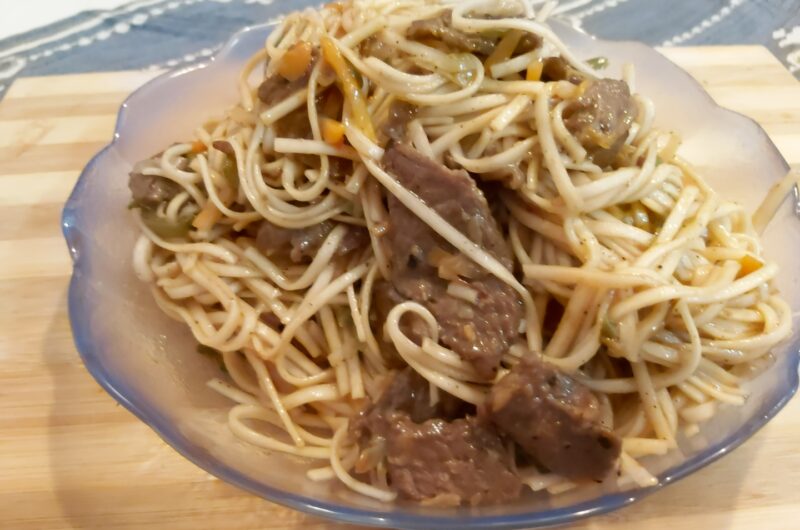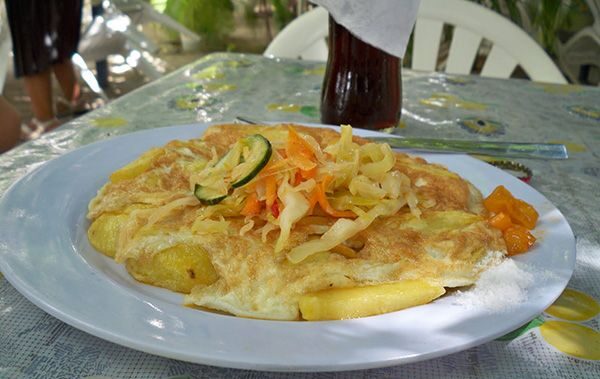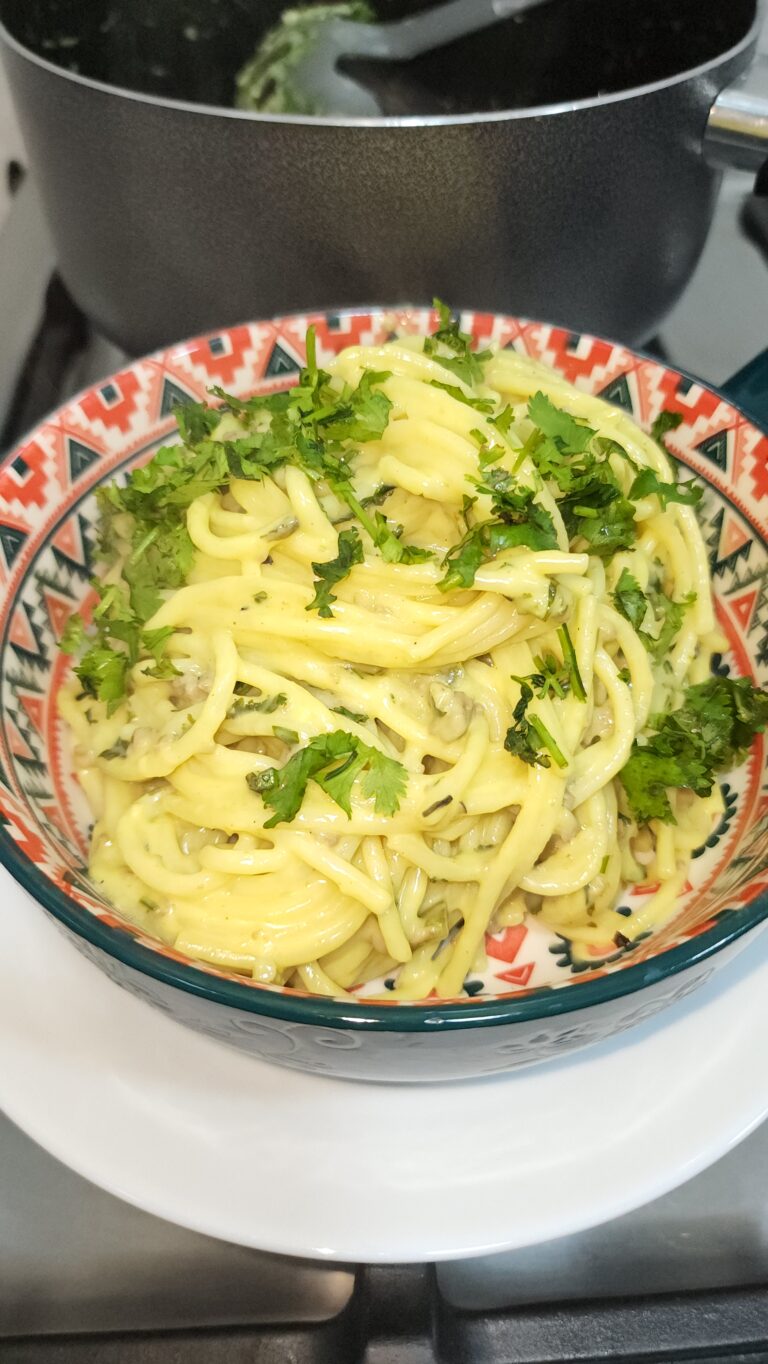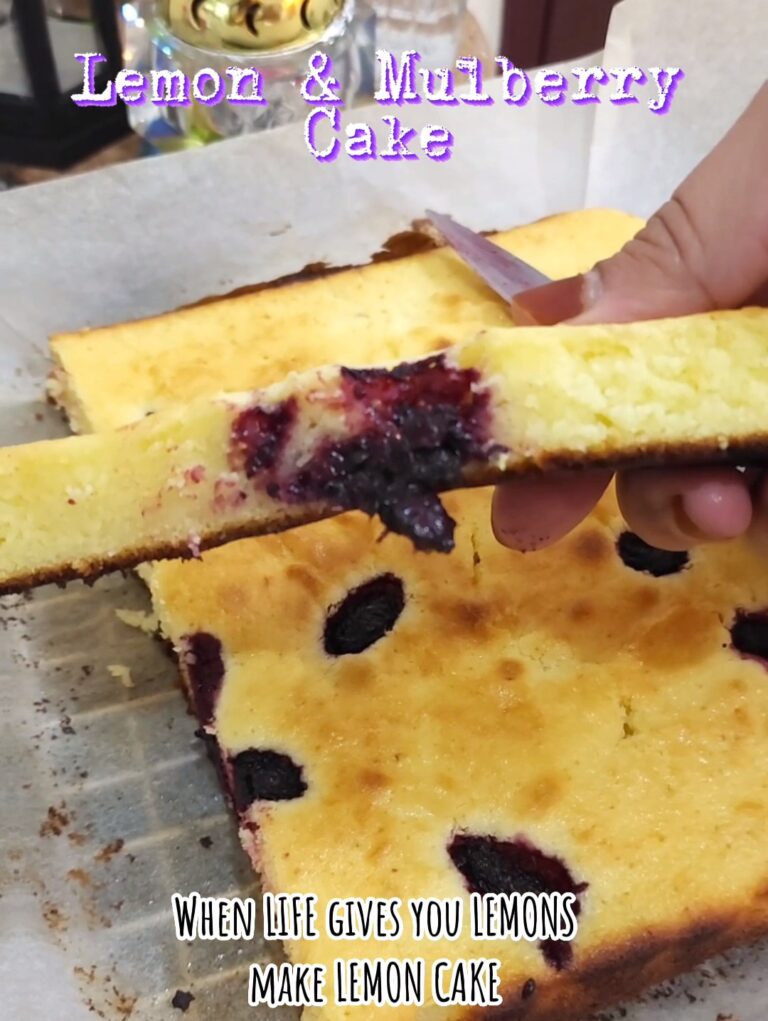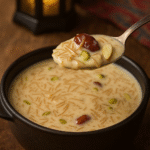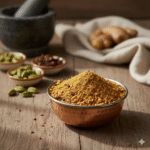The Best Fluffy Pancakes recipe you will fall in love with. Full of tips and tricks to help you make the best pancakes.
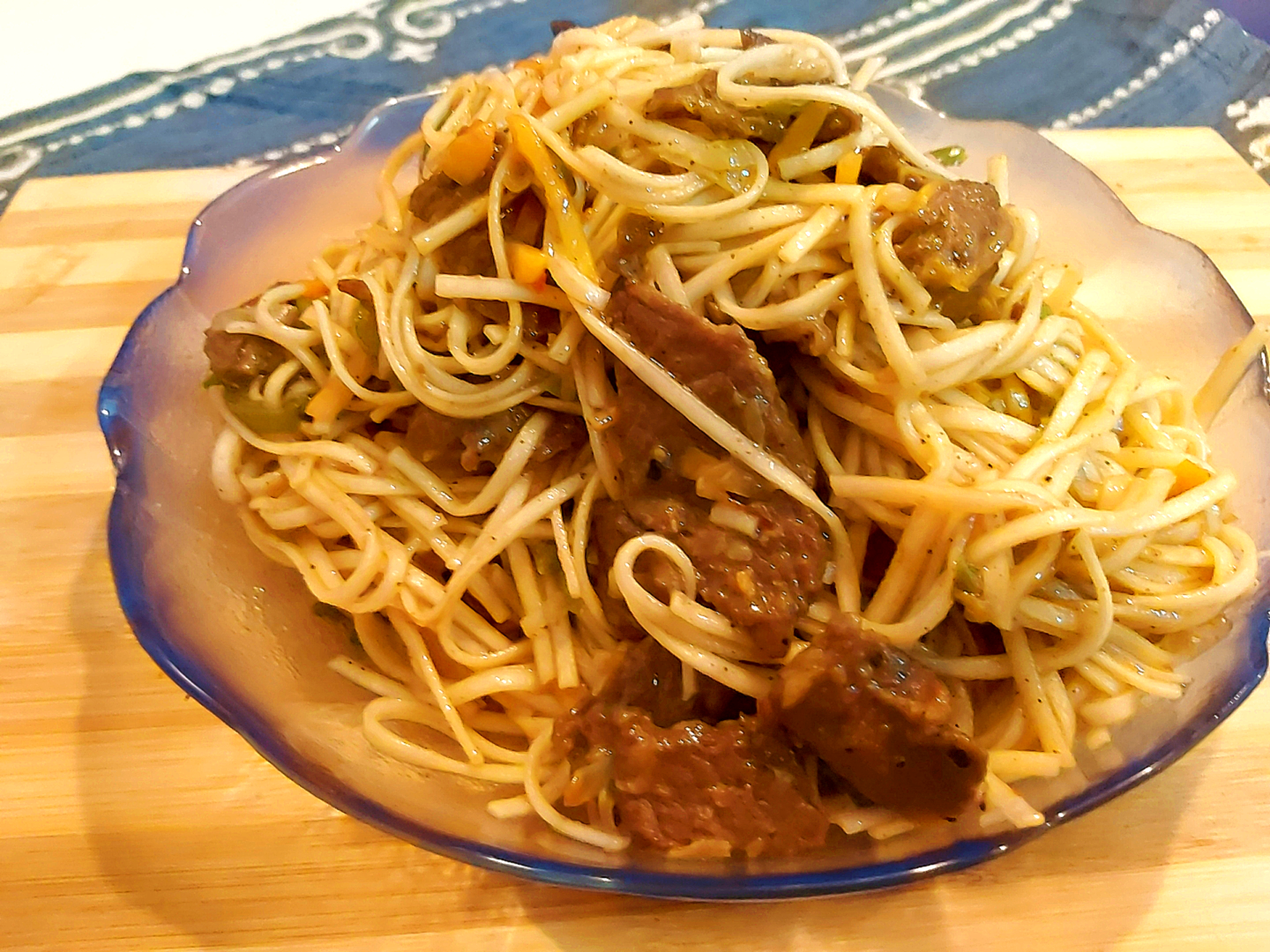
Some recipes are more than just food. They are memories, emotions, and stories passed down through generations. For me, Chinese Hakka Noodles is one such dish. It was my mother’s masterpiece — a dish she made with love, precision, and flair, transforming simple noodles into something extraordinary. Today, I’m opening the doors of our kitchen legacy and sharing with you my mother’s authentic Hakka Noodles recipe, along with pro techniques like velveting meat and adaptations for chicken or vegetarian versions.
A Legacy on a Plate
In the bustling warmth of my mother’s kitchen, the wok was always alive with sizzles and aromas. This recipe is her gift — tender meat, crisp vegetables, and a sauce that sings in perfect harmony. More than just a meal, it is a piece of our family’s culinary history.
A Dash of History
The Hakka community of China is known for bold, earthy flavours and hearty meals. When Hakka migrants settled in India, they brought their noodles with them, giving rise to the much-loved Indian-Chinese Hakka noodles. This dish, over time, became a fusion of Chinese techniques and Indian spices — a perfect balance of tradition and adaptation.
Key Cooking Tips
- Velveting Meat: This Chinese cooking technique ensures meat stays silky and tender. Marinate thinly sliced beef or chicken with soy sauce, cornflour, and a little oil, then briefly blanch or sear it before stir-frying.
- Cutting Meat Precisely: Always slice beef or chicken thinly across the grain at a 45° angle — this breaks down fibres and keeps the texture melt-in-your-mouth.
- Vegetarian Swap: Skip the meat and double up on mushrooms, baby corn, or tofu. Marinate tofu just like meat for a velveted, flavourful bite.
- Perfect Noodles: Boil until just al dente; rinse under cold water and toss lightly in oil to prevent sticking.
- High Heat Rule: Stir-fry quickly on a wok at smoking-hot temperature for that authentic smoky flavour.
Chinese Hakka Noodles
Course: Main CourseCuisine: ChineseDifficulty: Medium4
servings30
minutes40
minutes300
kcal1
hour10
minutesQuick, flavour-packed and comforting — these authentic Hakka Noodles combine velveted meat (or chicken, tofu, or just veggies) with crisp stir-fried vegetables and a tangy-spicy sauce. A family-favourite Indo-Chinese recipe, perfect for weeknight dinners or sharing with loved ones.
Ingredients
- Veggie Medley
1 Capsicum (sliced)
2 Carrots (julienne)
1 Onion (thinly sliced)
1 cup Cabbage (thinly sliced)
2 Green Chillies (finely chopped)
1 Spring Onion (chopped)
3 Cloves Garlic (minced)
½ inch Ginger (grated)
- Steak Fillet Marinade
300g Steak (thinly sliced across the grain)
1 inch Ginger (minced)
3 Cloves Garlic (minced)
½ tsp Salt
1 tbsp Honey
2 tbsp Soy Sauce
2 tsp Cornflour
1 tsp Vinegar
- 👉 Variation:
Replace steak with 300g chicken breast/thighs (sliced thinly) and marinate the same way. For vegetarian, swap with firm tofu cubes or shiitake mushrooms and follow the velveting step.
- Other Essentials
200g Flat Chinese Noodles
- The Flavorful Sauces
2 tbsp Chilli Sauce
2 tbsp Tomato Sauce
2 tbsp Sweet & Sour Sauce
3 tbsp Soy Sauce
Directions
- 1. Velvet the Meat
- Slice the beef (or chicken) into thin strips against the grain at a slight angle.
- Mix ginger, garlic, soy sauce, honey, vinegar, salt, and cornflour into a marinade. Coat the meat well.
- For velveting: briefly sear the strips in hot oil for 1–2 minutes until just cooked on the outside, or blanch in boiling water for 30 seconds. Set aside.
- (Vegetarian: toss tofu or mushrooms in the same marinade, pan-sear until golden, and set aside.)
- 2. Sear the Steak (or Chicken/Tofu)
- Heat a wok until smoking. Add oil, then add your velveted meat. Sear quickly on high heat for 2 minutes to lock in flavour. Remove and keep aside.
- 3. Make the Sauce
- In a bowl, whisk chilli sauce, tomato sauce, sweet & sour sauce, and soy sauce. This tangy-spicy mix is the soul of the dish.
- 4. Stir-Fry the Veggies
- In the same wok, heat a little more oil.
- Add garlic, ginger, and green chillies — sauté until fragrant.
- Toss in onions, carrots, and capsicum. Stir-fry until just softened.
- Add cabbage last for crunch. Keep veggies crisp for that signature bite.
- 5. Combine Everything
- Add boiled noodles into the wok.
- Pour the sauce over and toss until evenly coated.
- Add back the seared beef/chicken/tofu. Mix everything together on high heat for 1–2 minutes.
- Serving Suggestions
- Garnish with chopped spring onions.
- Serve hot with a side of spicy cucumber salad or kimchi.
- For a complete Indo-Chinese spread, pair with chilli chicken or hot-and-sour soup.
Recipe Video
FAQs
What is velveting in Chinese cooking?
It’s a technique of coating meat with cornflour and seasonings before quickly searing or blanching it. This locks in moisture, making beef or chicken incredibly tender.
Can I make this vegetarian?
Absolutely! Replace meat with tofu, mushrooms, or even paneer. Use the same marinade for maximum flavour.
What’s the difference between Chinese noodles and Hakka noodles?
Hakka noodles are a stir-fry staple with a thinner, springier texture. They absorb sauces beautifully, making them ideal for Indo-Chinese cooking.
How do I keep noodles from clumping?
Rinse cooked noodles under cold water, drain well, and toss with a little oil before stir-frying.
✨ This isn’t just a noodle recipe — it’s a piece of family history. Every time I cook it, I’m reminded of my mother’s hands moving gracefully over the wok, her secret smile as the aroma filled the house. And now, this legacy is yours to carry forward.
This recipe is more than just noodles — it’s a celebration of heritage, love, and family traditions that never fade.
👉 I’d love to know: Do you prefer your Hakka Noodles with beef, chicken, or just veggies? Drop your answer in the comments — let’s share ideas and inspire each other’s kitchens!
💌 For collaborations or questions, reach out at business@bohrarasoi.com
📲 Follow along for more family recipes and hidden gems:
- Instagram: @bohraarasoi
- YouTube: Bohra Rasoi
🔖 Don’t forget to tag your recreations with #BohraRasoi and #TasteOfMamaRashida — I’d love to feature your creations on my page!
If you enjoyed this recipe, you might also love exploring other family treasures on Bohra Rasoi like our Swahili-Style Spaghetti and Kheema Khichdi. For more inspiration on Chinese cooking techniques, check out this detailed guide on velveting meat in Chinese cuisine (external resource).
Don’t forget to share this recipe with friends and family — food always tastes better when it’s shared. ❤️

